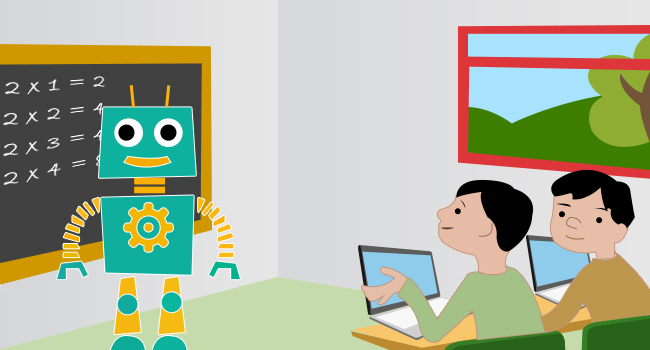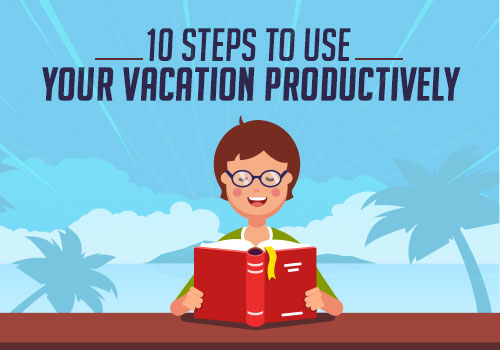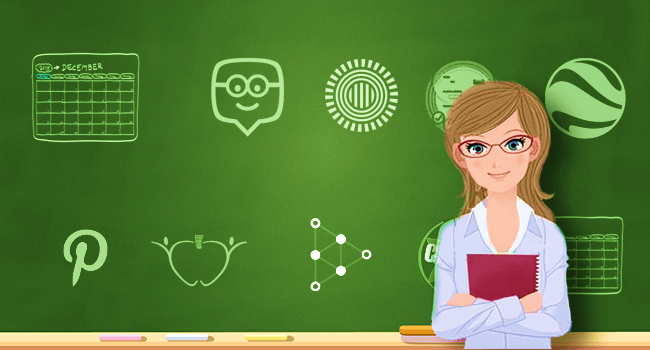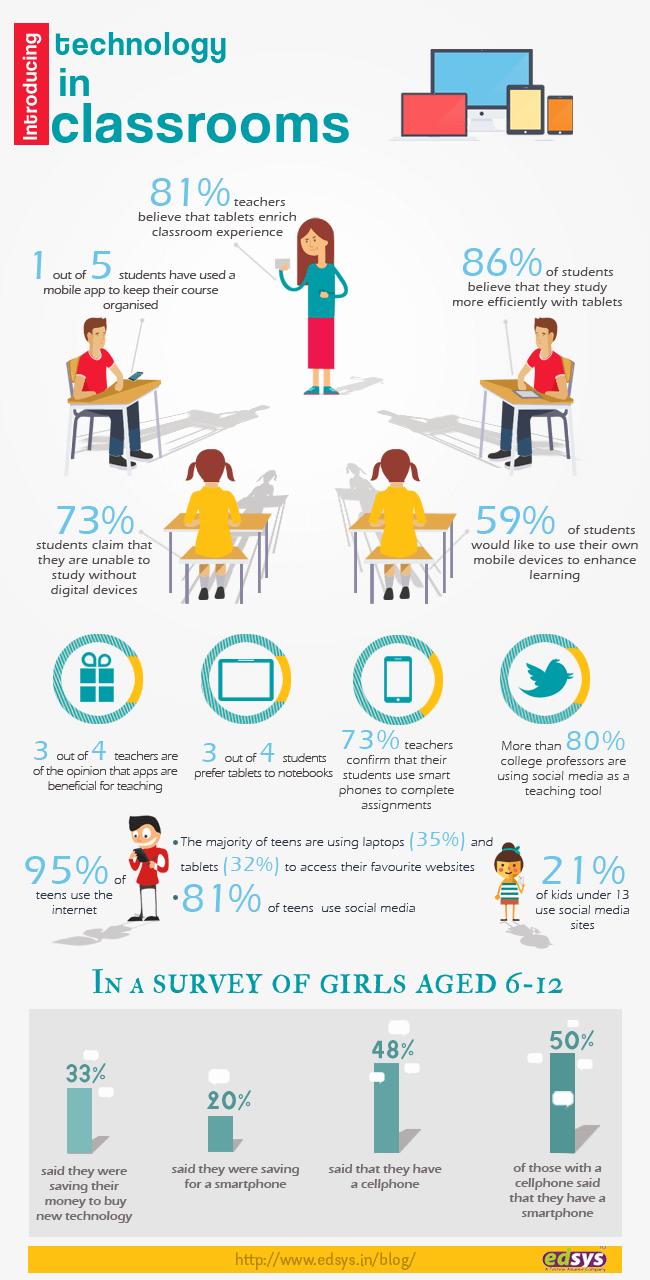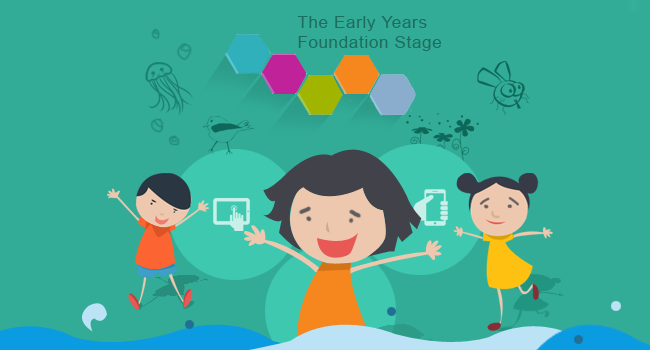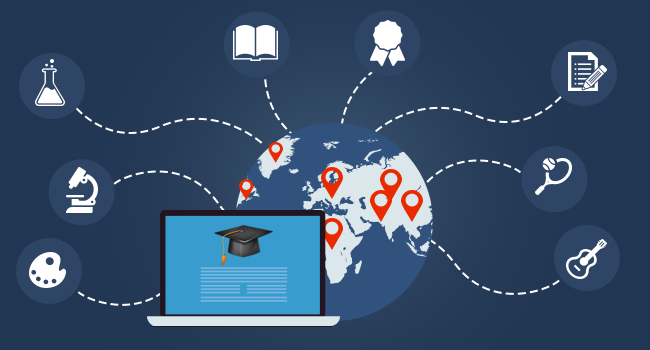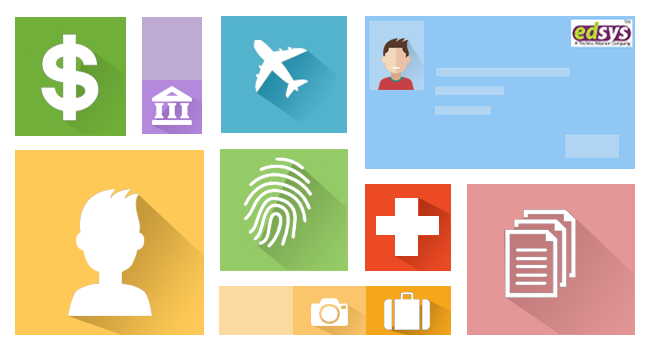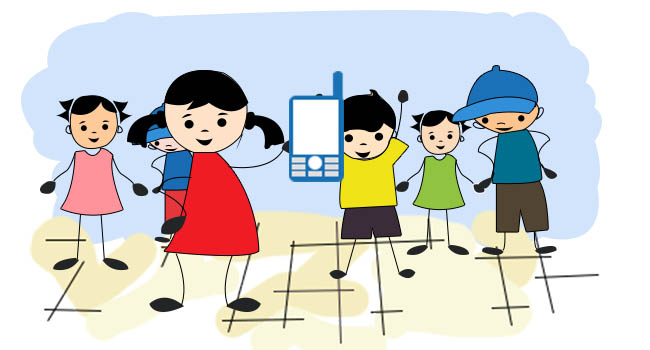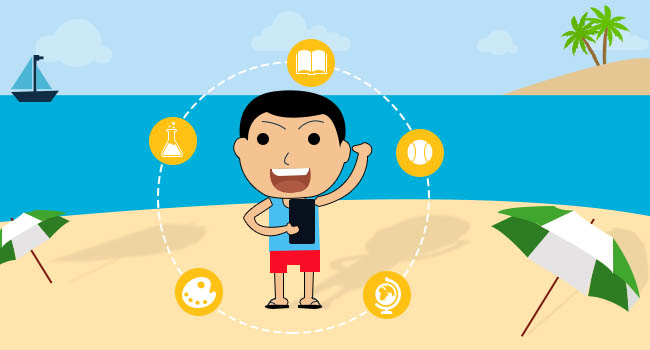What will future classrooms look like?
Before your brain starts visualizing sci-fi movies where robots give lessons to students, hold on! Such a scenario might become reality someday, but not in near future.
The first step to future classrooms has already been set in the form of smart classes. Classrooms of the future are going to witness more of technology as part of imparting education and the lessons will be in the form of software and apps (like the smart apps for preschoolers). This combination of in-person teaching with technology is termed as “blended learning.”
Blended learning focuses mainly on 4 principles:
Vision of the school
Text book based learning is not enough to survive the competition these days. Students and teachers are expected to display strong leadership skills. Also, students are expected to be more creative. Education these days aims at giving students a chance to have control over their learning. Blended learning, in such a way, opens new doors to innovative learning for students.
Different approach
The learning caliber of every student is different, so is the approach towards every subject. Once what the school and the students want to achieve is clear, blended learning provides lots of opportunities to experiment with things such as teaching methods, lessons and so on. Blended learning also helps in taking suitable approach according to the subject. There are various software available that breaks down the toughest lessons to the simplest form possible so that the students understand what is being taught.
Do not let software define learning goals
Software is a tool that aids students in having a better understanding of the subject. They help students to have a wider insight on lessons but that does not mean that it defines what the students have to learn.
Include teachers in decision-making processes
No matter however advanced technology is introduced to classrooms, teachers will always remaining the souls of classrooms. Teachers can identify the learning challenges children face and help them improve. Blended learning ensures the participation of teachers in helping students learn. In a classroom that follows blended learning, teachers provide constant support to students and helping students get acquainted to new tools, improving their level of understanding.
Now, why should future classrooms adopt blended learning?
Blended learning provides the following benefits that help in moulding students in facing the world without a second thought:
- Improved communication skills
Most of the students find it quite difficult to interact with teachers. The problem can be solved at least to some extent with blended learning. Blended learning, which includes online and traditional learning, demands different aspects of communication skills at various levels. This can help the students prepare for the future as well. It provides them confidence to face any interviews in future.
- Improved fluency with digital gadgets
Bookish knowledge alone cannot fetch a job these days. In the future, the criteria for choosing the right candidate will get lot tougher. Hence, it’s important for the students to have knowledge about various gadgets. Schools are the best places where acquaintance with technology is the best possible and blended learning will surely facilitate that.
- Connect globally
Blended learning will expand the world of knowledge for students beyond the four walls of a classroom. With the help of technology, students can connect at local, regional and international levels. This can be very useful for students in future.
- Develop a sense of professionalism
The main criterion that every job demands at present is professionalism and blended learning can definitely instill that in students. With blended learning, students improve their skills in terms of decision making, discipline and the sort which may come handy while they are hunting for a job.
